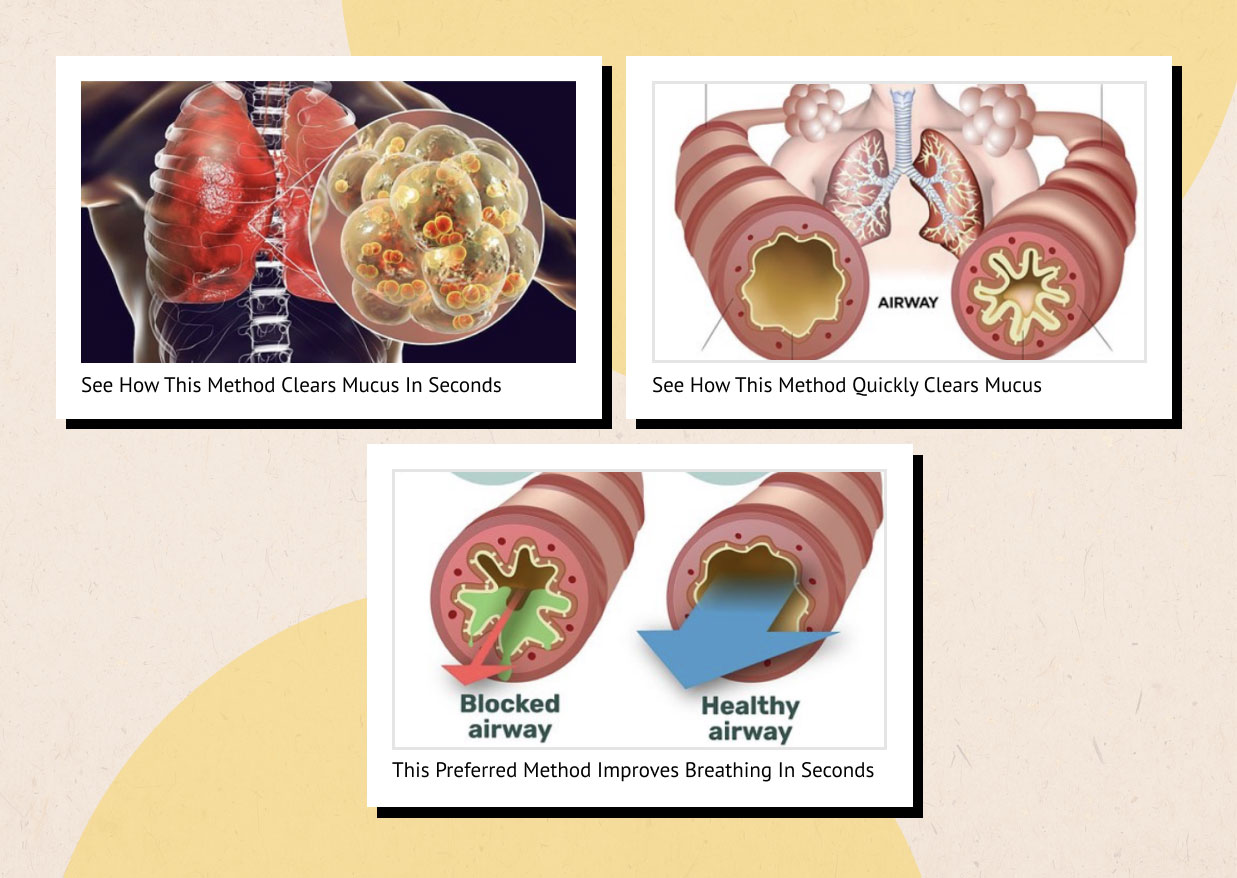The regular channels you’d have to go through like Facebook or Instagram are still well and good, but they’re oversaturated with ads. Standing out from other stores is more likely if you broaden the acquisition footprint and add new channels.
Dropshipping has always been a high potential avenue of revenue, but now it’s even more tantalizing to capitalize on the dropshipping market while it’s in its full swing. Impulse purchases, the key demand driver for dropshippers, remain stronger than ever: according to the recent CreditCards.com polls, 88.6% of the U.S. population have made impulse buying decisions, with an average spend of $81.75 per session, or $17.78 billion per year.
However as Walled Gardens' CPMs continue to increase, it would be wise to branch out and diversify your dropshipping channels. Native advertising has matured over the last couple of years and offers a prospective new channel for anyone looking to sell; it could just bring about the next evolution of dropshipping as a business and attract high-quality traffic to your website.
If you’ve been paying attention so far, you won’t have to change your approach all too much to get native traffic to your store. Best advertising practices are still what they used to be.
Employ hard sales tactics
Native advertising enables both approaches, hard sales and soft sales. With the direct sales approach, you won’t have to convert potential customers throughout the additional layers in the funnel. In most cases, there’s no need for additional content such as quizzes to build the funnel — you can go to your customers directly.
So long as you’re in the business of selling products, that item will be the centerpiece of every ad creative you put out. There’s no harder sale tactic than having product images and their benefits plastered all over the main portion of the ad.
For example, ad creatives for DFO’s product, the Circa Knee band, bring out the ease of use of the band, while simultaneously communicating in a language that’s easy to follow and understand.

Put the promotional photos and videos on the first screen of your landing page. That’s where they’ll get the most attention and help build rapport with your customers.
Don’t overload your landing pages with hyperlinks or highlighted keywords. Keep it simple and professional — user experience has to be top-notch or your efforts will be for naught. It just doesn’t matter if you have the perfect product to solve your customer’s problems if the purchase button is missing or misplaced.
Remember that it’s fine to be a little playful or provocative with your headlines. You don’t have to kiss up to your customers to make a sale. Native advertising lets you speak to your target customer base directly, and they won’t mind if you’re teasing them as on these creatives for DFO’s Huusk:

“If You Don’t Have This Knife, There’s No Way You’re Cooking Right” - is provocative enough for customers who are serious about owning this knife, but not brazen enough to insult anybody.
Talk to your customers directly and sell them the product without worrying about warming their interest prior to purchase. With native advertising, you can do both approaches, hard sales and soft sales, and do so efficiently.
Strong visual accents
Strong visuals have been staples of successful ads since the dawn of advertising. You can’t sell a product without striking visuals, but not everyone understands what that means.
Having strong visual accents means committing to a single style and size for the purposes of branding. Suffice it to say that all the visuals have to be of the highest quality unless you want to come off as unprofessional.
There’s no better way to advertise a product than to show it in action. Show the process of your product solving a particular problem as GiddyUp’s AirPhysio:

There’s a clear representation of what the product is for and approximately how the product solves a particular issue.
The focus of a strong visual is on the regular circumstances when a customer would use the product. Visuals don’t need to bank on fear in order to sell a product — all they need to do is show the customers the situations that call for getting the advertised product.
Final thoughts
The oversaturation of Facebook, Instagram, and YouTube is a real issue that calls for new trusted dropshipping channels, and there’s no better way to achieve this than with native advertising.
With native ads at your side, your dropshipping business can benefit from direct sales approaches instead of building entertaining pre-lander pages to warm up the audience’s interest. Since there’s no direct sale without strong visuals to accompany them, putting some thought into the ad creatives will do you good in the long run.





